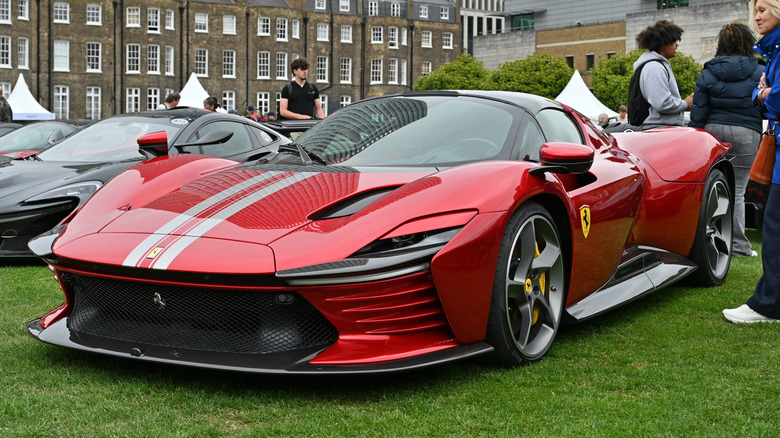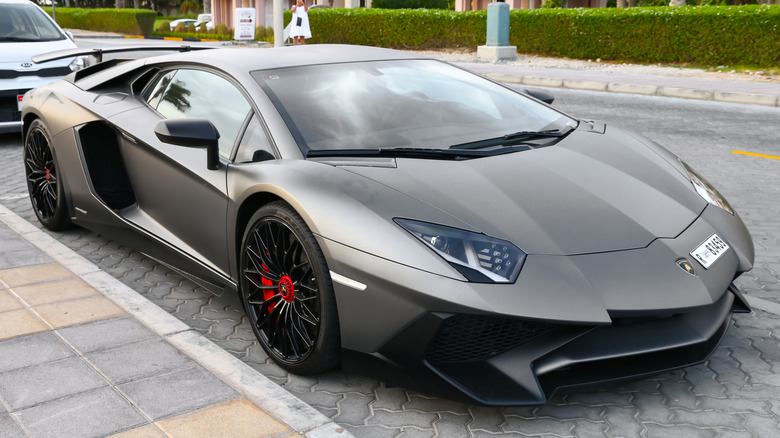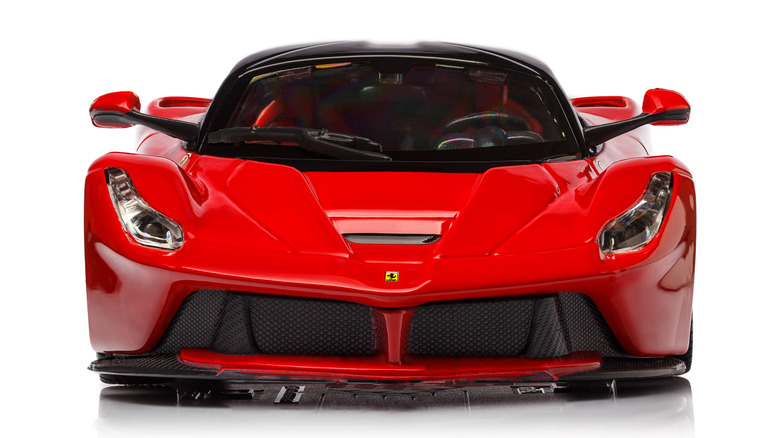Why Supercars Have Such Terrible Resale Value
Supercars are designed with a completely different purchasing philosophy compared to mass-produced cars. Where regular car purchases are primarily driven by practical factors including safety, reliability, and fuel economy; supercar purchases are primarily driven by emotional factors, including achievement, performance, and exclusivity. This also means that supercars are bought by people with higher financial means. Be that as it may, buying a supercar is often the very opposite of a good financial decision, since these factors do not always protect them from steep value depreciation over time.
The reality is that most supercars out there come with hefty price tags, yet they also depreciate as much as economy cars. Such depreciation is mostly due to the aforementioned emotional overshoot, high running costs, model obsolescence, and limited demand for used supercars with many miles. Even though supercars may be the stuff of dreams, owning one can be a difficult financial reality, as the market does not always treat emotional purchases with stable resale value.
What makes supercars depreciate
A study on the depreciation of modern supercars carried out by Hagerty suggests that modern supercars lose, on average, around 6% of their value within the first year and approximately 20% after three years; even for high-end models from brands like Lamborghini, Ferrari, and Porsche. For example, the Lamborghini Aventador can lose up to 16% of its original value within three years, while the Porsche GT2 RS can lose as much as 30% of its value.
The Aventador was fairly common by Lamborghini V12 supercar standards, though it soon became obsolete once the newer Lamborghini Revuelto came out. This lowered the value as the Aventador is no longer the "hottest" Lamborghini V12 on the market. Speculative buying and car flipping can also affect the value, especially with cars like Porsche's GT models, which receive a price markup upon hitting dealerships.
Automakers these days are also introducing new supercars all the time, and the variety between them is much narrower than what it used to be. There simply isn't enough demand out there that would make these cars retain value over time. Some brands, like McLaren, suffer from severe depreciation on some of its models because the brand had initial reliability concerns and too many new models. Additionally, a supercar with a high mileage is the worst when it comes to depreciation, simply knowing that the more miles means more potential trouble.
Supercars that appreciate in value
Not all is doom and gloom in the world of supercar values, since some cars are more valuable now than when they were new. Granted, these are highly limited special models in which the supply simply can't satisfy the demand, and thus, the prices start to reflect that. This is indeed more common with older supercars, but some modern ones can also increase in value dramatically.
For example, the new limited-edition, top-spec Porsche 911 S/T has a base price of $291,650, yet used examples (at the time of writing) were listed for prices ranging from $623,000 to $800,000. The car that preceded the 911 S/T, the equally limited-edition Porsche 911R, had a base price of $185,950; yet used examples come with prices listed at above half a million dollars.
The Ferrari LaFerrari, also a top-spec limited edition Ferrari, retailed at launch in 2013 for about $1.3 million, yet used prices these days for a LaFerrari in good condition are around $3.3 million. The McLaren F1 is the most expensive McLaren of all time, and its record-breaking sale prices go over $20 million, yet the initial price for a McLaren F1 at launch back in 1992 was $640,000.


